-
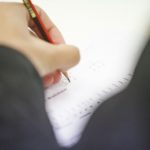
Step-by-step tips for getting better at rhythmic dictation.
A question I often get asked by students – especially in the lead up to exams! – is how to do dictations. Here at DSMusic, we’re big on really knowing these concepts, whether it’s scales or intervals, or chords or rhythm. It’s important to remember that everything you’re doing in a music language space is […]
-
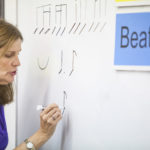
Ways to gamify rhythm in your music classroom.
When exams are looming it can be tempting to take what’s needed for test-time and build your music classes around that. Here at DSMusic though, we’re fans of fostering music literacy and as keen on finding a variety of ways to scaffold really knowing these musicianship concepts in your spaces. You can’t always address these […]
-
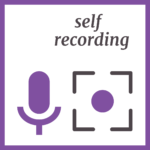
Why you should record yourself during music practice!
As a “performer” – even if you are only singing scales in the shower – you do not hear yourself the way others do. You may be too busy thinking about the Solfa names of the notes you are singing or the rhythm Deb asked you to clap as you sing that melody. Consequently, to […]
-
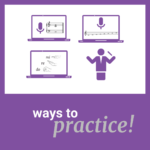
Ways to Actually PRACTICE your musicianship skills: DSMusic’s Top Tips
Here at DSMusic, we’re big on all things music language, sequential scaffolding and skill strengthening. Cracking into concepts and then taking learning all the way through to knowing. Needing to “practice” is quite a catch-cry in the music learning space but sometimes it can be a little harder to model what that might look like […]
-

What Know Really Means: Strengthening Your Musicianship Skills
We learn things all the time, but learning is not knowing. Just because you can recall information for a test or parrot something back you’ve been told before, doesn’t mean you actually understand or really know these concepts. In musicianship – being truly musically literate – a key element of really knowing is what’s called […]
-
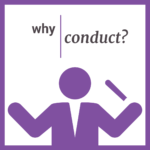
Why Conducting is Key!
Although the act of conducting typically applies to a person who directs a group of other musicians in a unified and expressively-intentional way, the patterns and movement can also be used to strengthen our own individual musical comprehension. This is because conducting is functional beat! That means you’re consciously aware of what rhythms you’re reading […]
-

Sounding out rhythms = naming & knowing
Here at DSMusic, we’re big on the idea of really knowing concepts – understanding the what and why so you’re able to apply it to your music contexts in a practical way. Part of our approach to fostering musicianship skills – being musically literate, that is – involves rhythm names (you know, all that ta […]
-
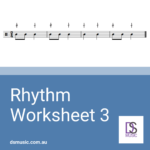
Canons, Creativity & Communities
Check out a few DSMusic free resources and a discover a round-up of our favourite finds this month.
-
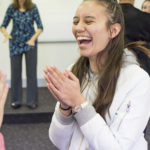
Memorisation & Music Learning
An important aspect of any musicianship, music literacy or music aural and music theory work we do is memorisation. This is where you memorise a specific concept or element (e.g. scales or chords etc.) or activity (e.g. a melody or rhythm etc). The obvious reason for doing this is so that the information is there, in your […]
-
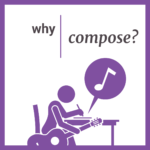
Why you should compose when practicing music literacy skills
Composition, just like performance, is a beneficial way to apply your music aural and music theory skills – what we call musicianship or music literacy – and to foster creativity. In the same way playing an instrument or singing gives you a chance to combine your practical technique, sound production and interpretation, composition is informed […]
-
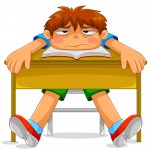
Practicing Transcriptions
It’s not as easy as you think! When we do transcriptions with our students in class that is exactly what we are practicing – the process of TRANSCRIPTION! Yes of course we do have to learn and practice that process but it is learning and practicing the content of the transcriptions that will actually help […]
-
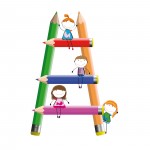
Tone Ladders (What are they & how do I use them?)
What are Tone Ladders? Tone Ladders are a great way ofvisually representing pitch in anintervallically accurate way –that is so long as the intervalsbetween the notes are representedaccurately on the tone ladder. For example, if a tone ladder looks like this: or this: it is NOT representative of the different intervals between the notes e.g. of […]
-
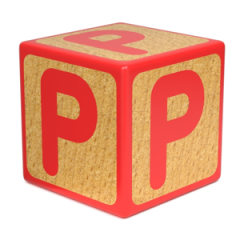
The Three “Ps” (Preparation, Present, Practice) Kodály Fundamentals
What ARE the Three “Ps” One of the first things an aspiring Kodály teacher is taught when embarking upon any Kodály course are the Three Ps – Prepare, Present and Practice. These three things form the basis of the process we use to teach ANY and EVERY element of music. Our belief is that students […]
-
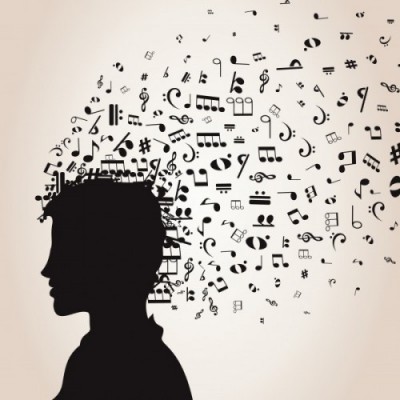
FAVOURITE QUOTES ABOUT MUSIC and MUSIC EDUCATION
Often, when asked to speak at various conferences or workshops on a particular topic, I like to find a quote that reinforces what I am talking about. Over the years I have put together quite a list which I thought I would share with you. Of course there are many more great quotes out […]
-

What is DSMusic?
Deborah Smith has taught music in many classrooms, ran Music Departments in schools and now helps students and educators to keep making wonderful music through DSMusic. She is active in the Kodály space – lecturing, advocating and creating content that supports this comprehensive music literacy approach. DSMusic is built from understanding the realities of the classroom […]
-
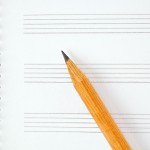
It’s no big deal – Improvising & Composing in the Everyday Music Lesson
Improvising and Composing are NOT Scary! As a teacher I often avoid the things that I think I am not good at e.g. improvising and composing. Of course I CAN improvise and compose but I am not comfortable improvising and composing. Does this mean I shouldn’t teach my students how to improvise and compose? Of course not! […]
-
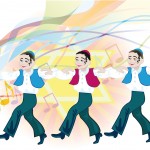
Movement Activities for Older Students
I frequently teach older students (17 and 18 year olds) for long periods of time at a stretch. I want to break up these sessions with activities to keep their concentration levels up, but don’t want to let them take a real break as they tend to take twice as long as I allow (“I […]
-
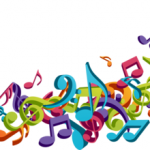
Musical Games and Movement Activities for Instrumental Groups
“We should see the child as the musician and the instrument as the expression of the inner musician”. The use of musical games and movement activities in instrumental programs of any kind enhances our students’ enjoyment of music. It also fosters a positive attitude within the classroom. It can be an introduction to singing for […]
-

do re mi songs that are NOT Hot Cross Buns
Tired of the same old do re mi songs? Me too. So here are four you may not know for your song collection. Girl with clock and pirate images courtesy of photostock Bored teacher image courtesy of saphatthachat Flea image courtesy of debspoons All available at FreeDigitalPhotos.net
-
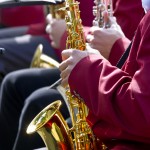
How to Extend Your Most Musical Students
Something I love about teaching music literacy, musicianship, aural and theory using the Kodály method is how easy it is to create extension ideas and activities suitable for the HUGE range of student abilities within our classes. As any music teacher who has taught the first year of high school will know, our student’s abilities […]
-
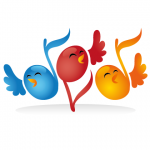
Jumbala Lyala – a new game for 3 metre
Have you noticed that, in Western cultures, we don’t sing a lot of songs in 3 metre?This means our students find it hard to use 3 metre for composing and improvising, as well as transcribing, as it is not part of their regular music language. I originally created these actions to highlight the accents in […]

